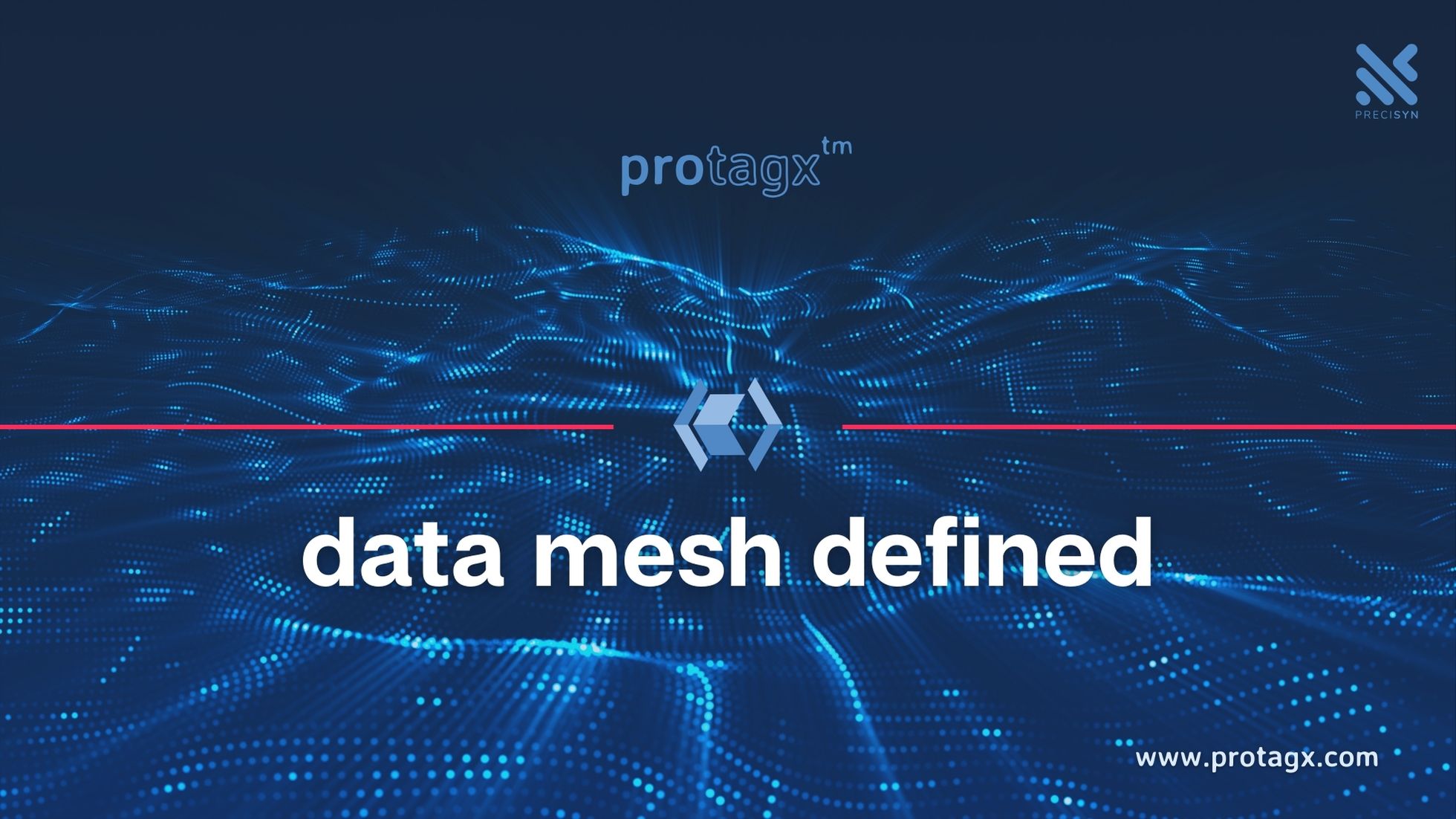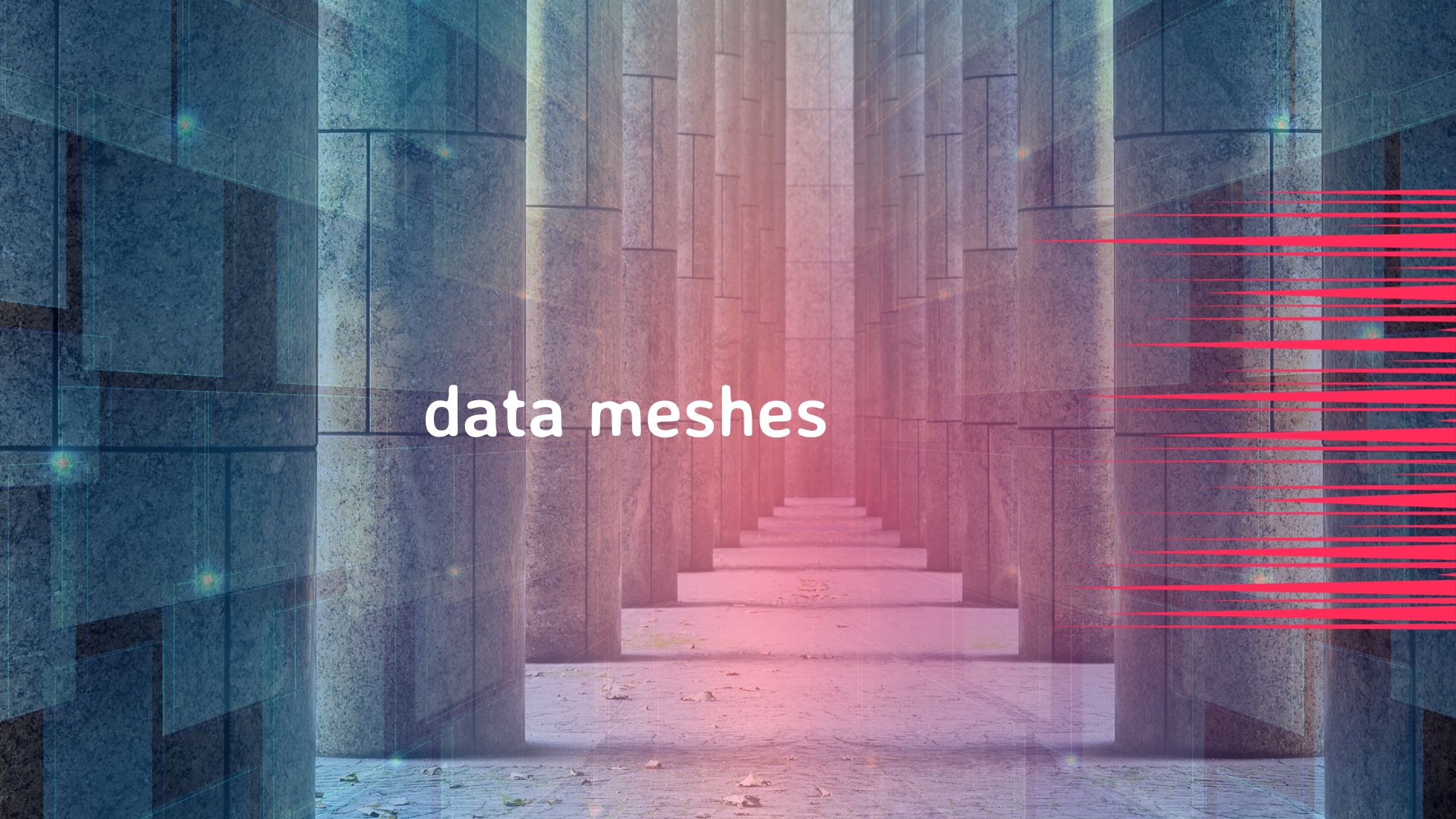Discover how leveraging data as a product and implementing a data mesh can revolutionize your organization's data management and orchestration.
Understanding the Data Mesh Approach
The concept of treating data as a product and using a data mesh for data orchestration and management is gaining traction in health science and life sciences in general. The data mesh approach is a paradigm shift that focuses on decentralizing data ownership and management within an organization. Rather than having a centralized data team responsible for all data-related tasks, a data mesh approach encourages domain-oriented data teams to take ownership of their own data products.
By treating data as a product, organizations can ensure that data is of high quality, well-documented, and easily accessible to the relevant stakeholders. This approach promotes a culture of data accountability and empowers domain experts to make data-driven decisions.
A data mesh also provides a framework for data orchestration and management. It involves the use of various tools and technologies to enable seamless data integration, data discovery, and data governance. With a data mesh in place, organizations can break down data silos, improve data collaboration, and streamline data workflows.
Overall, understanding the data mesh approach is crucial for organizations in the health sciences field to unlock the full potential of their data and drive innovation.
Leveraging protagx for a Robust Data Mesh Infrastructure
Data Mesh Defined
At the forefront of modern data architecture, the concept of a data mesh has risen to prominence. Unlike traditional centralized data architectures, a data mesh decentralizes data management, organizing it by business domains such as marketing, sales, and customer service. This domain-centric approach ensures that the producers, who have a deep understanding of the specific domain data, assume ownership. As a result, they can set precise data governance policies, emphasizing documentation, quality, and accessibility, thereby enabling a self-service data culture across the organization.
Leveraging protagx for a Robust Data Mesh Infrastructure
A data mesh is a distributed data architecture that aims to improve accessibility of data across an organization by organizing it based on its domain. On the other hand, a data lake serves as a cost-effective storage environment for large amounts of structured, semi-structured, and unstructured data. It is commonly used for business analytics, machine learning, and various other applications. While a data lake can be part of a data mesh approach, it is often utilized as a dumping ground for unclassified data. Consequently, it may become a "data swamp" lacking proper practices in terms of data quality and governance necessary to derive meaningful insights (source: IBM).
Why a Data Mesh?
The landscape of data in organizations is vast and varied. Multiple data sources stem from different business lines, and integrating these for analytics can be a challenge. The centralized approach often culminates in operational bottlenecks, siloed data teams, and a diminished agility as data volumes surge. Moreover, centralized data teams, although skilled, might lack the nuanced domain knowledge, leading to slow responsiveness to change, reduced data accuracy, and ultimately, disconnected data producers and consumers.
Benefits of a Data Mesh Infrastructure with protagx
-
Democratic Data Processing: protagx champions a democratic approach to data. By granting data control to domain experts, it ensures the creation of meaningful data products within a decentralized yet governed framework. This ensures swift access to pertinent data, enhancing business agility.
-
Flexibility: With protagx, the intricate centralized data infrastructure is seamlessly reorganized to align with business domains. This reconfiguration eliminates central data pipelines, reducing operational bottlenecks.
-
Cost Efficiency: protagx’s data mesh architecture optimizes costs by pivoting from batch processing to real-time data streaming. This transition offers clear insights into resource allocation, driving improved budgeting and cost reductions.
-
Enhanced Data Discovery: protagx prevents the formation of data silos. Instead, it champions a central data management framework that records available organizational data, ensuring data assets remain accessible and aren't isolated within distinct business domains.
-
Strengthened Security & Compliance: Central to protagx's ethos is its commitment to robust data security. It enforces stringent data security policies and provides centralized monitoring, ensuring adherence to compliance mandates.
Introducing protagx in Your Data Strategy
protagx stands out as an ideal platform for organizations aiming to harness the full potential of a data mesh. Its capabilities encompass data ingestion from diverse business units, transformation of data into consistent formats, and preparation of data for various consumers. As the magnitude of data escalates, protagx ensures that organizations maintain agility, sidestepping the pitfalls of monolithic systems.
In the contemporary data-driven landscape, where the efficacy of decisions hinges on the quality and accessibility of data, protagx, underpinned by a data mesh architecture, emerges as a game-changer. It's not merely about providing a solution; it's about revolutionizing the way organizations perceive and manage their data.
Benefits of Adopting a Data Mesh in Health Sciences
Adopting a data mesh in the health sciences field offers several benefits. Firstly, it allows for more efficient and effective data management. By decentralizing data ownership, domain experts can better understand and manage their own data, leading to improved data quality and accuracy.
Secondly, a data mesh promotes data democratization. With data products owned by domain experts, access to data becomes more democratized, allowing for better collaboration and knowledge sharing across the organization. This leads to more informed decision-making and faster innovation.
Additionally, a data mesh approach enables scalability and flexibility. As the volume and complexity of data in health sciences continue to grow, a data mesh provides a scalable framework for managing and integrating diverse data sources. It also allows for flexibility in adopting new technologies and tools as data needs evolve.
Overall, adopting a data mesh in health sciences can drive better data management, collaboration, and innovation, ultimately leading to improved patient outcomes and advancements in the field.
Implementing a Data Mesh in Your Clinical Study
Implementing a data mesh in a clinical study requires careful planning and coordination. Firstly, it is important to identify the domain experts who will take ownership of the data products. These experts should have a deep understanding of the specific domain and its data requirements.
Next, a data governance framework should be established to ensure data quality, security, and compliance. This framework should outline data standards, protocols, and responsibilities for data management.
Data integration and interoperability are also key considerations when implementing a data mesh in a clinical study. It is essential to have robust data integration pipelines and interoperable data formats to enable seamless data exchange and analysis.
Furthermore, organizations should invest in the necessary tools and technologies to support the data mesh implementation. This may include data cataloging platforms, data governance tools, and data collaboration platforms.
By following these steps and leveraging the principles of the data mesh approach, organizations can successfully implement a data mesh in their clinical study, leading to improved data management and collaboration.
Challenges and Solutions in Data Mesh Implementation
Implementing a data mesh in an organization is not without its challenges. One of the main challenges is overcoming cultural resistance to change. Shifting from a centralized data management approach to a data mesh requires a cultural shift and buy-in from all stakeholders. Clear communication and change management strategies are crucial in addressing this challenge.
Another challenge is ensuring data quality and consistency across different data products. With multiple domain experts responsible for their own data, maintaining consistent data standards and ensuring data quality can be a challenge. Implementing data governance frameworks and providing training and support to domain experts can help address this challenge.
Data security and privacy are also important considerations in data mesh implementation. Organizations must ensure that data access and sharing are done securely and in compliance with relevant regulations. Implementing robust data security measures and conducting regular audits can help mitigate these risks.
Overall, addressing these challenges requires a holistic approach that includes clear communication, stakeholder engagement, robust data governance, and a focus on data security and privacy.
Future of Data Mesh and its Impact on Health Sciences Organizations
The future of data mesh in health sciences organizations looks promising. As the volume and complexity of data continue to increase, the need for scalable and flexible data management approaches becomes paramount. Data mesh provides a framework that enables organizations to effectively manage and leverage their data assets.
With the implementation of data mesh, health sciences organizations can expect to see improved data quality, increased collaboration, and faster innovation. By empowering domain experts to take ownership of their own data products, organizations can tap into their expertise and drive data-driven decision-making.
Furthermore, the future of data mesh in health sciences organizations is closely tied to advancements in technologies such as artificial intelligence (AI) and machine learning (ML). These technologies can help automate data integration, analysis, and decision-making, further enhancing the value of data mesh.
In conclusion, the future of data mesh in health sciences organizations holds great potential for transforming data management and orchestration, leading to improved patient outcomes and advancements in the field.




